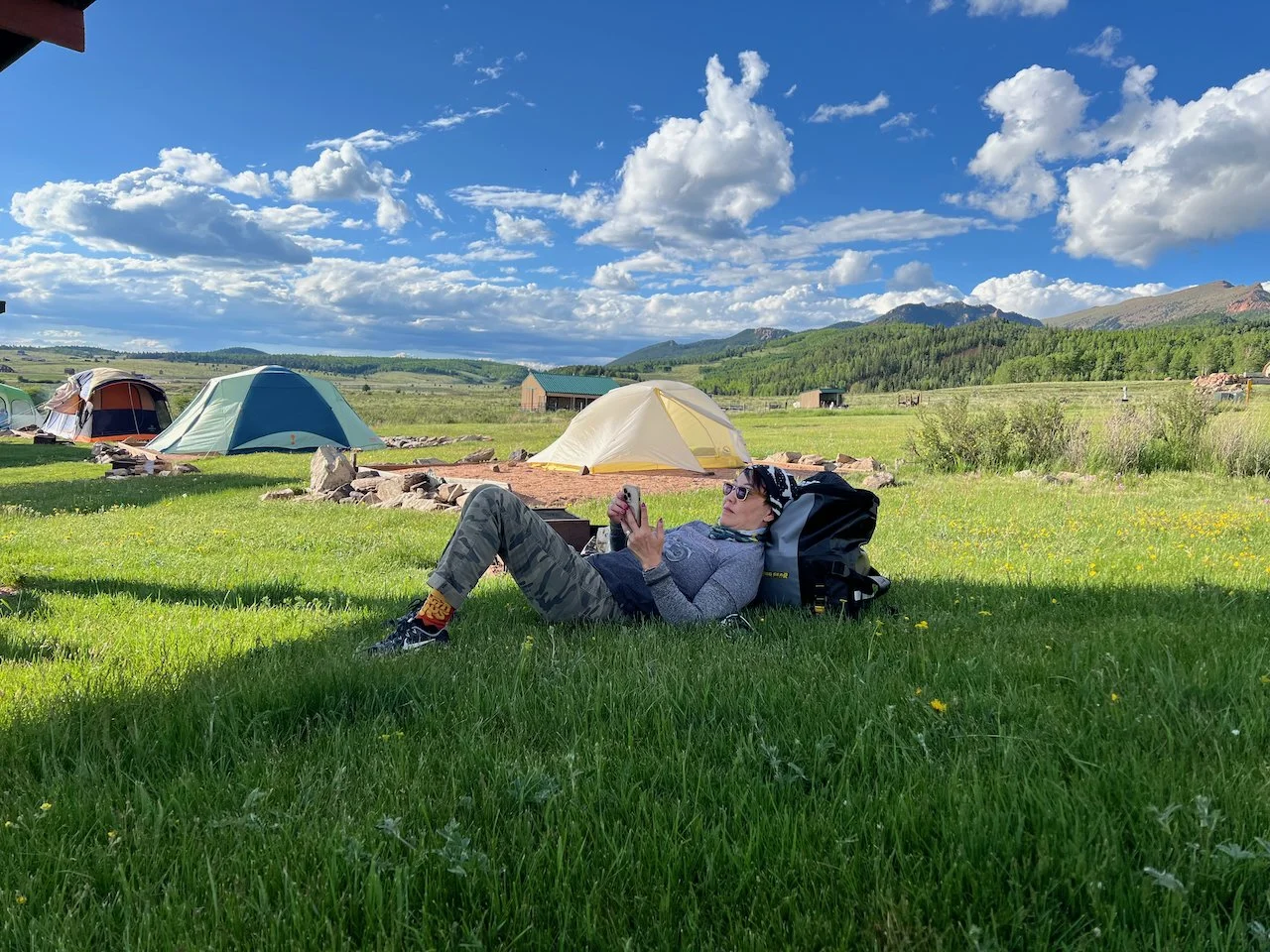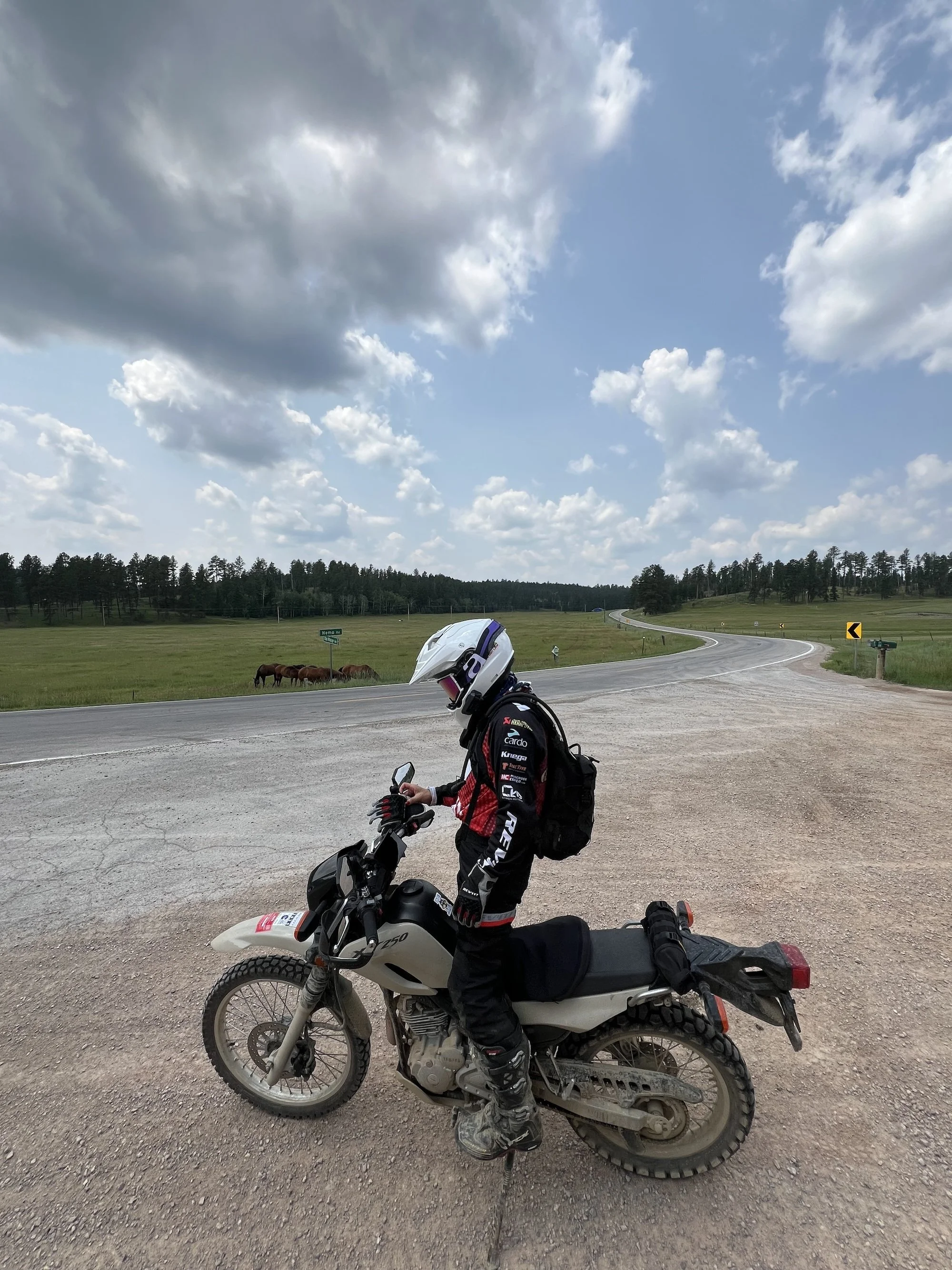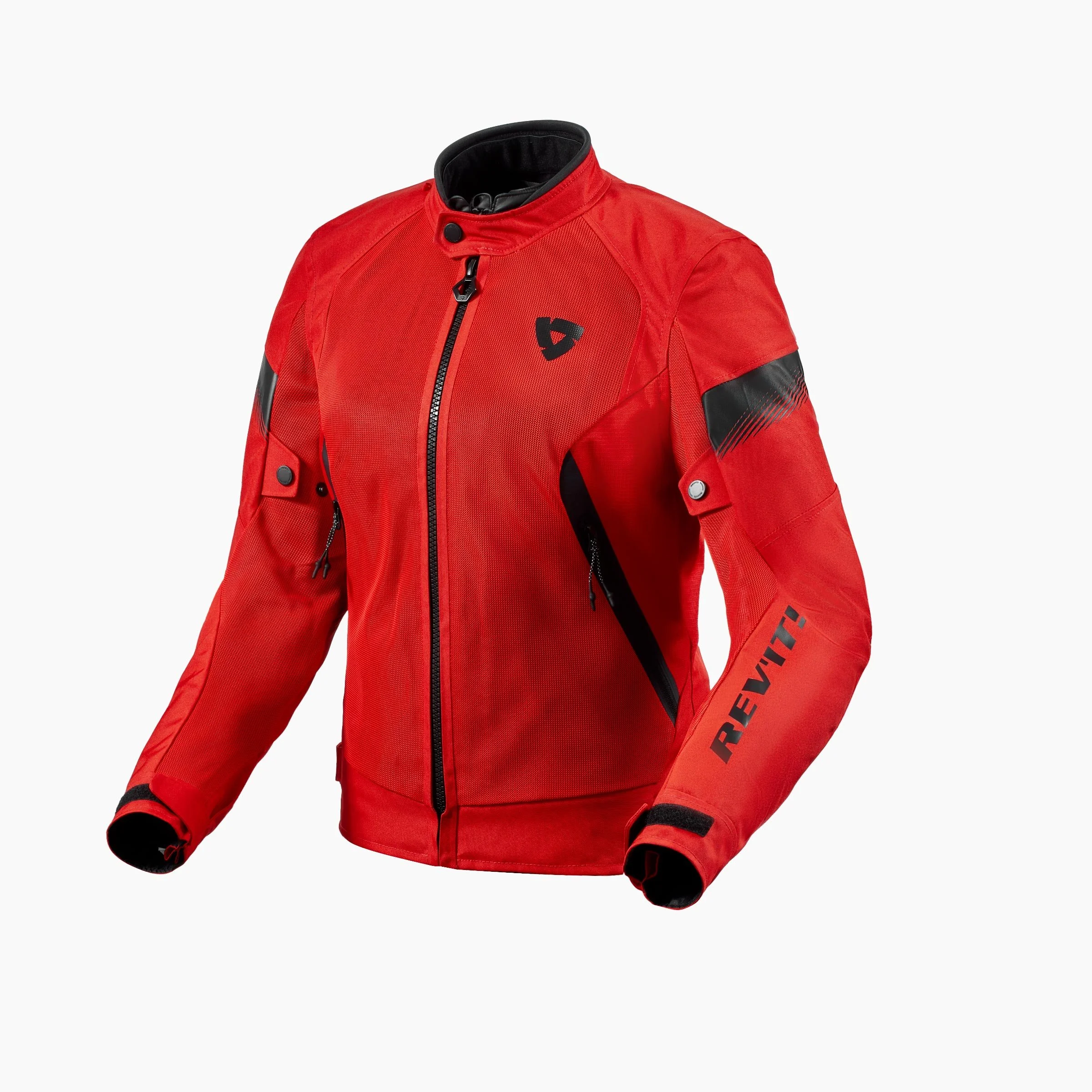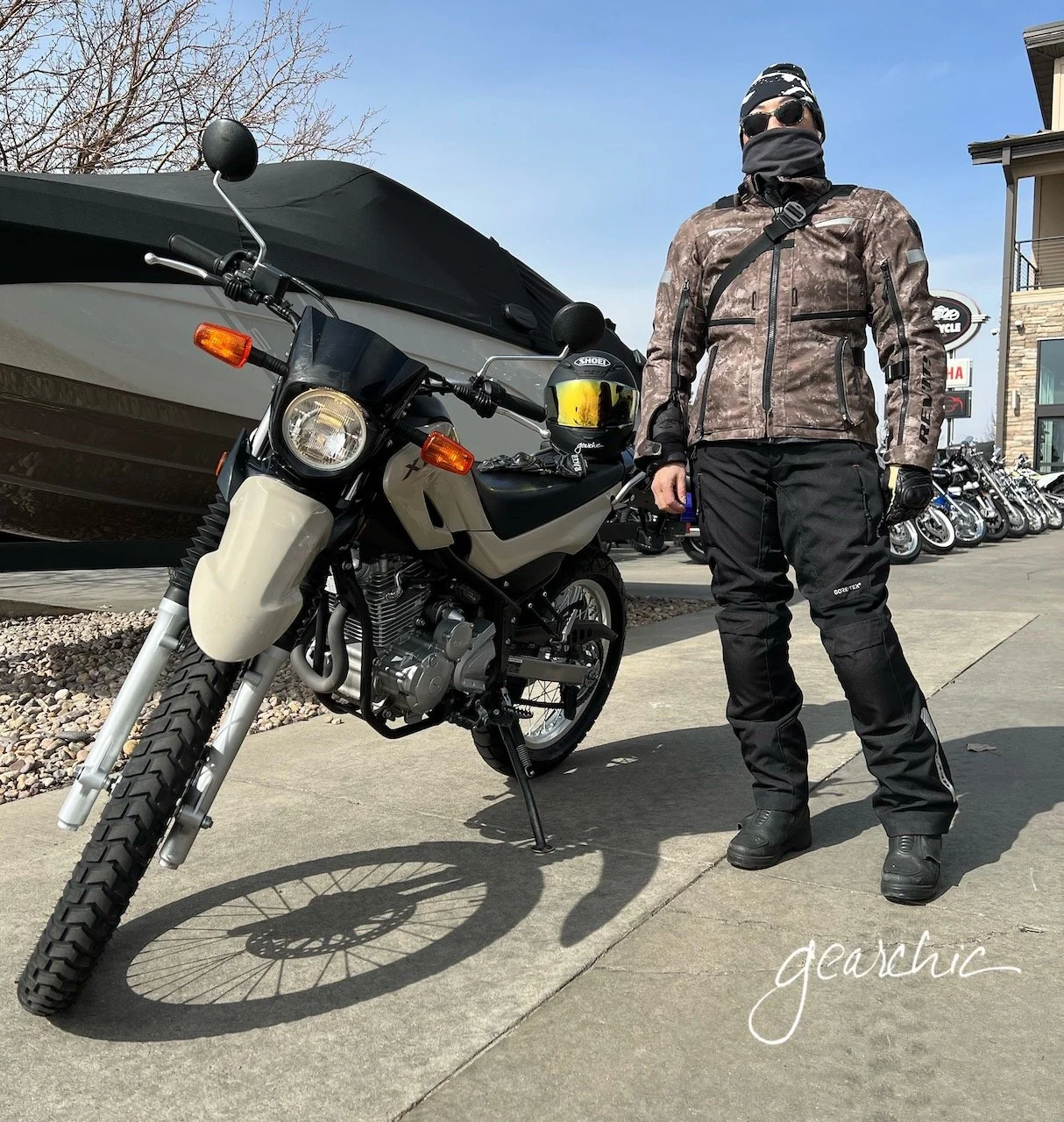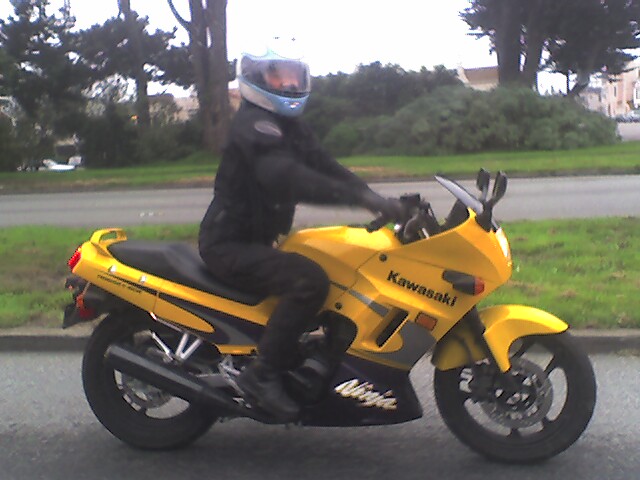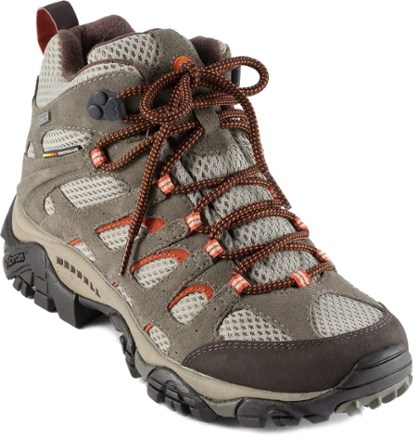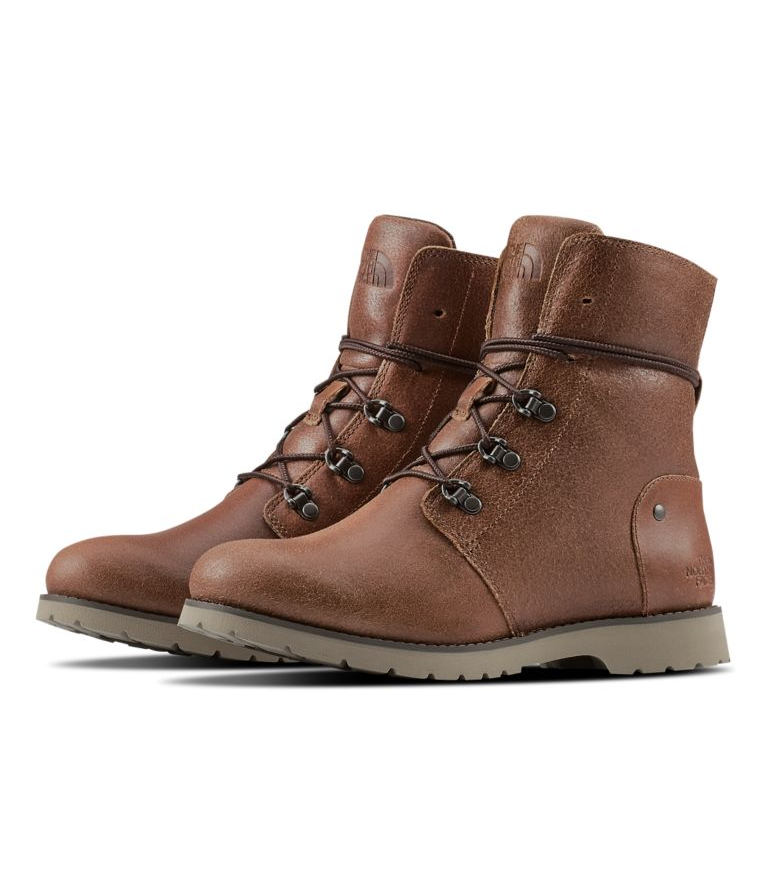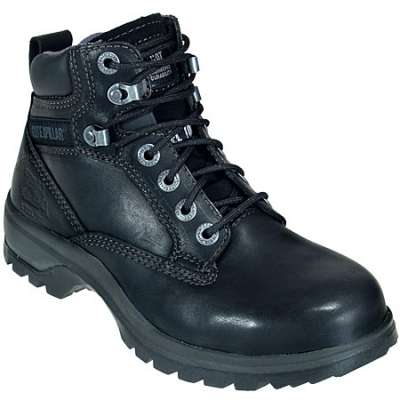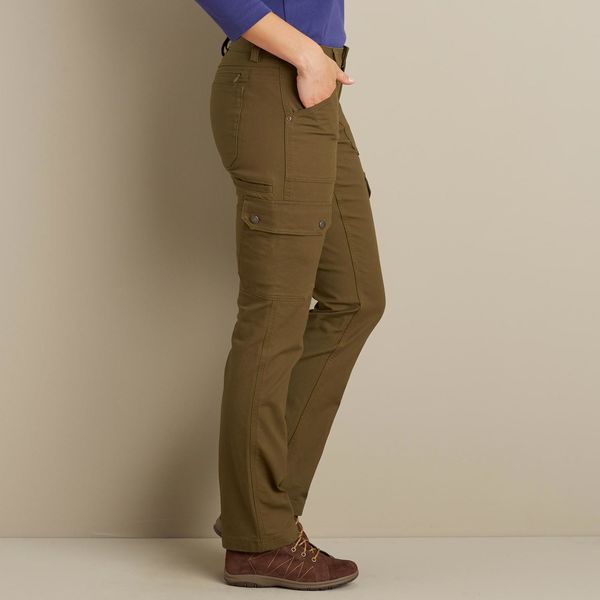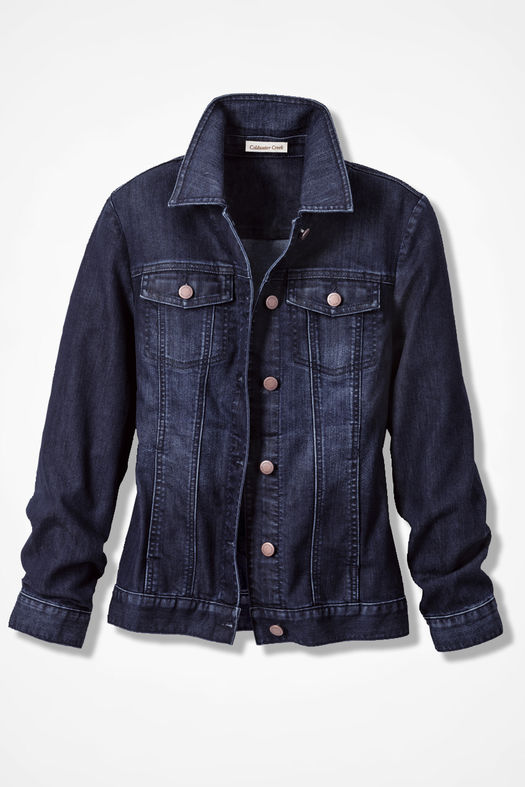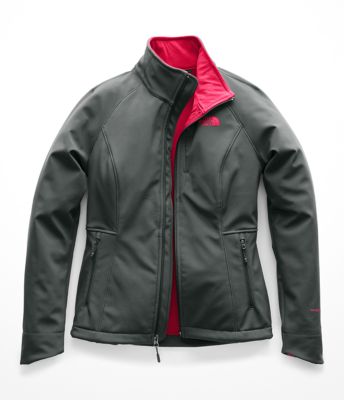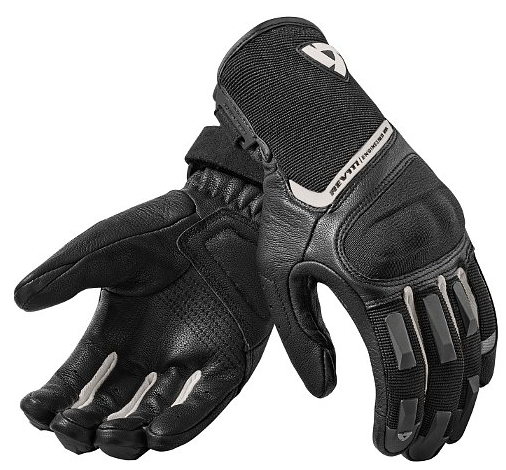Hi,
I found your site on Google. I know you usually do motorcycle gear for women but I was wondering if you had any strong suggestions for great for first time riders.
I was very much against my son getting a motorcycle but his father decided to gift him one for graduation. He's graduating from usf this semester. With that, he is signed up to take the motorcycle courses in two weeks. The bike his dad got him is a kawasaki ninja zx6r? I think which is a 600 engine which people don't usually recommend for a first time bike. My son likes to go fast but he's a safe driver if that even makes sense.
I am much more concerned for his safety as San Francisco drivers, Bay Area drivers all together are very dangerous.
So I only agreed if he got all the gear and classes necessary. I also had him sign up for maintenance and motorcycle knowledge classes at motosf and he wasn't very happy but he agreed just to make me feel better.
He lives in San Francisco but from time to time he will be commuting to South Bay for his new job. I've been doing my research and do you recommend him get a one piece suit? Two piece?
He gets hot very easily so he's not a fan of very heavy clothing. What would do the job? His dad bought him an arai rxq helmet as well as dainese gloves. Not sure which. But I wanted to know more about the protection and clothing he would be able to wear in commute vs shorter rides. Is there something he can wear over his work clothes of snacks and a button up shirt without getting sweaty and smelly?
What brands do you recommend. What protection? Also sizing... He likes to wear baggy things. Not super baggy but he likes to have room. Is that not recommended when buying motorcycle jackets? Also what do you recommend in leather vs textile jackets?
Thank you so much for your opinion and time.
Kirsten
Hi Kristen,
I totally understand your hesitation and anxieties concerning your son. I would have to agree that a sportbike such as the Ninja ZX6R is not exactly the perfect first bike for everyone. However, if he's a fairly levelheaded person, he'll probably be okay. I think you've done everything you can by pushing him to get training and educate himself on how to ride and take care of his motorcycle. It's definitely a good idea to know exactly what he's getting into. I'm not sure where he's signed up for classes, but if he hasn't checked out Bay Area Moto Shop in San Francisco, I highly highly recommend it. It's a fantastic community of riders for him to get comfortable and excited about riding!
As far as gear, he could definitely do a 1 or 2 piece, depending on his lifestyle. It will also depend on his body type and overall fit profile. If he hasn't already, I recommend going to the Dainese Store SF. They are extremely knowledgable and have an incredible selection of 1 piece suits. I also recommend going to Scuderia in SF as well, and ask for big Dan. :D It also sounds like he has
Personally, I'm a fan of 2-piece suits because it allows flexibility when you go places. You can take your jacket off if you need to, or wear your jacket with different pants. If you wear a 1 piece, you always wear the 1 piece. He can definitely find overpants and jackets to wear over work clothes. He can also find vented gear that allows air to flow through the jacket so it's not too warm. There are many options, especially for men!
Everyone has different preferences in how they want to dress, but the one thing that is definitely important about motorcycle gear is Fit. Gear must fit close to the body so the body armor sits on top of the shoulders, elbows, hips, knees and back so it doesn't move upon impact. Unfortunately the baggy fit doesn't translate with gear. There's almost no point in wearing any if it isn't fitting you properly, as motorcycle gear's #1 purpose should be to protect the body. Anything can be labeled as motorcycle gear, but if you read my Basics then you know how to tell if it's real motorcycle gear.
As far as leather v. textile, it's definitely a personal choice. Basically you choose leather if you want more durability and a little more protection. However, not all leather is the same. There's everything from lightweight, 0.9mm casual style leather to 1.3-1.4mm high quality, heavy leather. So you definitely have to look at each one individually and see what that jacket offers in terms of protection.
Generally, textile offers a little more functionality like the Revit Tornado Jacket on the left; it has one removable liner that is waterproof and warm. The outside has mesh panels so he'll stay cool, but when he has to get back up to the City he has a warm liner. Most people prefer textile at first because it's immediately comfortable, doesn't feel as restrictive as leather and just feels good from the get go.
Leather requires break in time, because it starts out stiffer and less comfortable. Many new riders (including myself when I was new) aren't willing to make this investment until it feels more comfortable. It certainly can offer more protection, but it's all about what feels good to the rider. If it doesn't feel good or comfortable, a rider won't wear it.
These are definitely options that each rider has to explore on his/her own and possibly make the wrong decision(s) to make the right one. It sucks but sadly that's how most people realize they need better gear, or gear in general.
I hope this helps, good luck to your son in making great riding choices!

